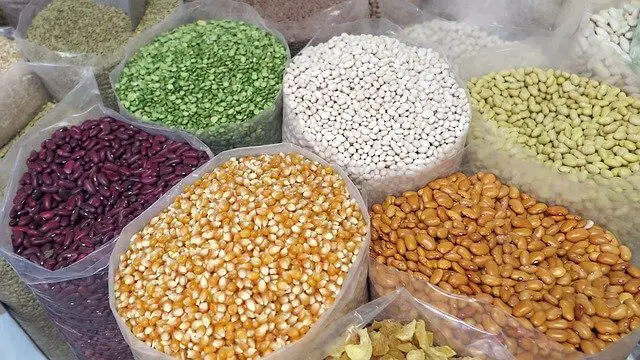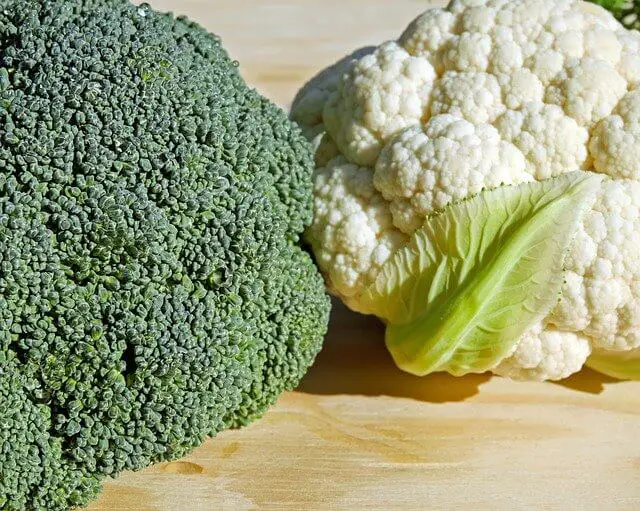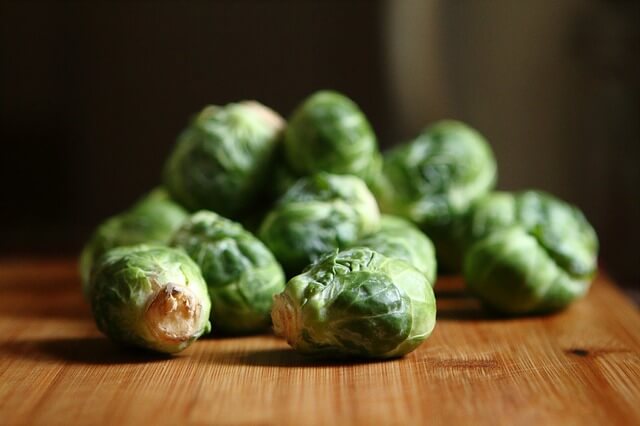Seed storage in storage containers is the preservation of harvested seeds until they are planted to ensure effective crop production. The seeds must be kept for a short or extended length of time by careful storage. Moisture is carefully regulated during seed storage to prevent degradation.
The goal of seed processing is to produce clean, pure seeds with excellent physiological quality (germinability) that can be kept and handled easily throughout subsequent operations such as pretreatment, transport, and planting.
Seed storage acts as a buffer between demand and production, and maintains a regular changeover of stores to save genetic resources while also maintaining the viability of the seed at the best level feasible after storage.
Condition of seeds Storage
Seed storage attempts to preserve the seed’s germination capacity; stricter conditions are necessary than those required to preserve the seed’s nutritional or industrial quality.
Depending on the storage circumstances, portion of the germination capability is lost slowly or quickly during storage. For dry seed storage, the store temperature will be 10°C and the relative humidity will be 50%.
Importance of seed storage
The following are importance of seeds storage:
- It boosts agricultural output.
- To obtain good plant stands as well as healthy and strong plants.
- It reduces seed-borne illness caused by variations in the local climate during storage.
Principles of Seed Storage
Due to the different factors influencing seed viability in storage, the following criteria emerge as essential for optimal storage.
- Seed storage should be kept dry and cold.
- Storage pest control that works.
- Cleanliness in seed shops.
- Before storing seeds, they should be dried to safe moisture levels suitable for the storage system.
- Only storing high-quality seed, that is, seed that has been cleansed, treated, and has a high germination rate with vigour and a good pre-storage history.
- Determine seed storage requirements based on the duration of storage time and the prevailing environment in the location during the storage period.
Storage seeds are of various types. The forms of storage required are connected to the amount of time intended for storage and are categorized into four groups:
- Commercial seed storage
- Carry-over seed storage
- Foundation seed stock storage
- Germplasm seed storage.
Classification of seed storage
Seed experts split seeds into three basic categories for storage depending on their susceptibility to drying and low temperature. These are known as the orthodox, recalcitrant, and intermediate categories.
Principles of seed production
GENETIC Deterioration of Varieties
1.Developmental variation
2.Mechanical mixing
3.Mutation
4.Natural Crossing
5.Minor Genetic Variation
- GENETIC PRINCIPLES Deterioration of Varieties.
Conclusion
The fundamental goal of seed storage is to conserve seed from one season to the next. Because seed is frequently held for more than a year, it is critical to understand how seed harvesting, processing, and storage impact seed lifespan and vigor.



